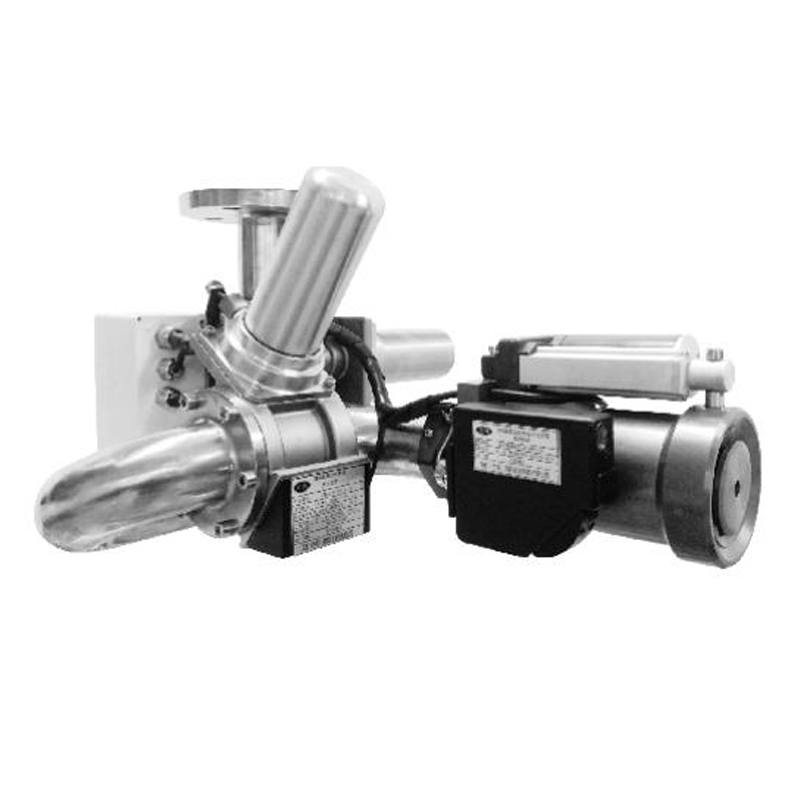
联系我们
来源:http://www.cx-fire.com/ 日期:2024-04-06
(一) 湿式系统
(1) Wet system
1. 湿式系统工作原理:
1. Working principle of wet system:
火灾发生的初期,建筑物的温度随之不断上升,当温度上升到以闭式喷头温感元件爆破或熔化脱落时,喷头即自动喷水灭火。该系统结构简单,使用方便、可靠,便于施工,容易管理,灭火速度快,控火效率高,比较经济,适用范围广,占整个自动喷水灭火系统的75%以上,适合安装在能用水灭火的建筑物、构筑物内。
In the early stages of a fire, the temperature of the building continues to rise. When the temperature rises to the point where the temperature sensing element of the closed nozzle explodes or melts off, the nozzle automatically sprays water to extinguish the fire. The system has a simple structure, is easy to use, reliable, easy to manage, has a fast fire extinguishing speed, high fire control efficiency, is relatively economical, and has a wide range of applications, accounting for more than 75% of the entire automatic sprinkler fire extinguishing system. It is suitable for installation in buildings and structures that can be extinguished with water.
2. 湿式系统使用范围:
2. Scope of use of wet systems:
在环境温度不低于4℃、不高于70℃的建筑物和场所(不能用水扑救的建筑物和场所除外)都可以采用湿式系统。
Wet systems can be used in buildings and places with ambient temperatures not lower than 4 ℃ and not higher than 70 ℃ (excluding buildings and places that cannot be extinguished with water).
3. 湿式系统特点:
3. Characteristics of wet system:
①. 结构简单,使用可靠
① Simple structure and reliable use
②. 系统施工简单、灵活方便
② The system construction is simple, flexible and convenient
③. 灭火速度快、控火效率高
③ Fast fire extinguishing speed and high fire control efficiency
④. 系统投资省,比较经济
④ Low system investment and relatively economical
⑤. 适用范围广
⑤ Wide applicability

(二)干式系统
(2) Dry system
1.干式系统工作原理:
1. Working principle of dry system:
干式系统与湿式类似只是控制信号阀的结构和作用原理不同,配水管网与供水管间设置干式控制信号阀将它们隔开,而在配水管网中平时充满着有压力气体用于系统的启动。发生火灾时,喷头首先喷出气体,致使管网中压力降低,供水管道中的压力水打开控制信号阀而进入配水管网,接着从喷头喷出灭火。不过该系统需要多增设一套充气设备,一次性投资高、平时管理较复杂、灭火速度较慢。
Dry systems are similar to wet systems, but the structure and working principle of the control signal valve are different. A dry control signal valve is installed between the water distribution network and the water supply pipe to separate them, while the water distribution network is usually filled with pressurized gas for system startup. When a fire occurs, the nozzle first sprays gas, causing a decrease in pressure in the pipeline network. The pressure water in the water supply pipeline opens the control signal valve and enters the water distribution network, and then sprays out from the nozzle to extinguish the fire. However, the system requires an additional set of inflation equipment, which incurs high one-time investment, complex daily management, and slow firefighting speed.
2.干式系统适用范围:
2. Scope of application for dry systems:
干式系统适用于环境温度低于4℃和高于70℃的建筑物和场所,如不采暖的地下车库、冷库等。
Dry systems are suitable for buildings and places with ambient temperatures below 4 ℃ and above 70 ℃, such as unheated underground garages, cold storage, etc.
3.干式系统特点:
3. Characteristics of dry system:
①. 不受环境温度的制约,可用于一些无法使用湿式系统的场所。
① Not limited by ambient temperature, it can be used in places where wet systems cannot be used.
②. 比湿式系统投资高。因需充气,增加了一套充气设备而提高了系统造价。
② Higher investment than wet systems. Due to the need for inflation, an additional set of inflation equipment was added, which increased the system cost.
③. 施工和维护管理较复杂,对管道的气密性有较严格的要求,管道平时气压应保持在一定的范围,当气压下降到一定值时,就需要充气。
③ Construction and maintenance management are complex, and there are strict requirements for the airtightness of pipelines. The pressure of pipelines should be maintained within a certain range during normal operation. When the pressure drops to a certain value, it needs to be inflated.
④. 比湿式系统喷水灭火速度慢,因为喷头受热开启后,首先要排出管道中的气体,然后再出水。
④ The fire extinguishing speed is slower than that of a wet system, because after the nozzle is heated and turned on, the gas in the pipeline needs to be discharged first, and then the water flows out.